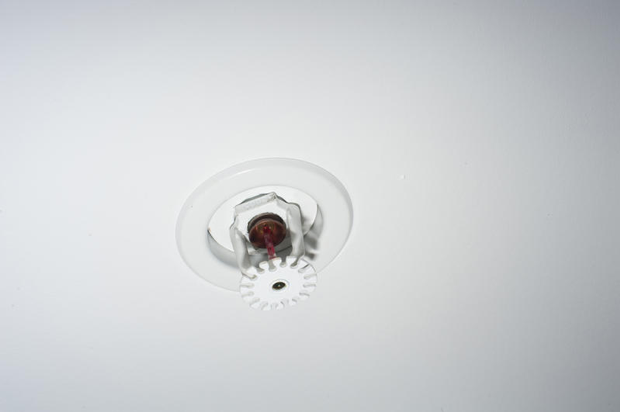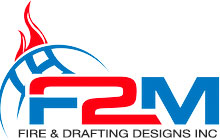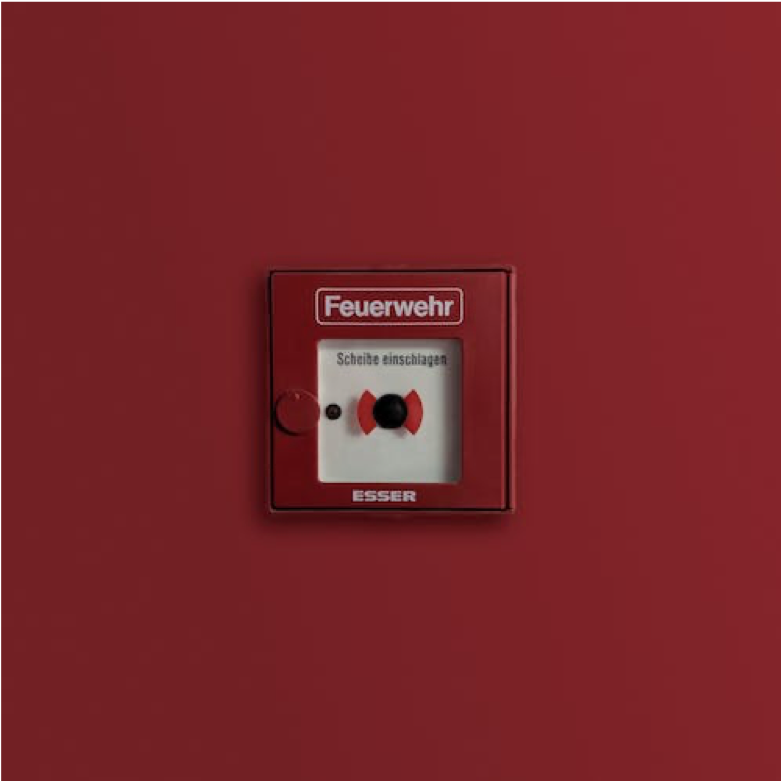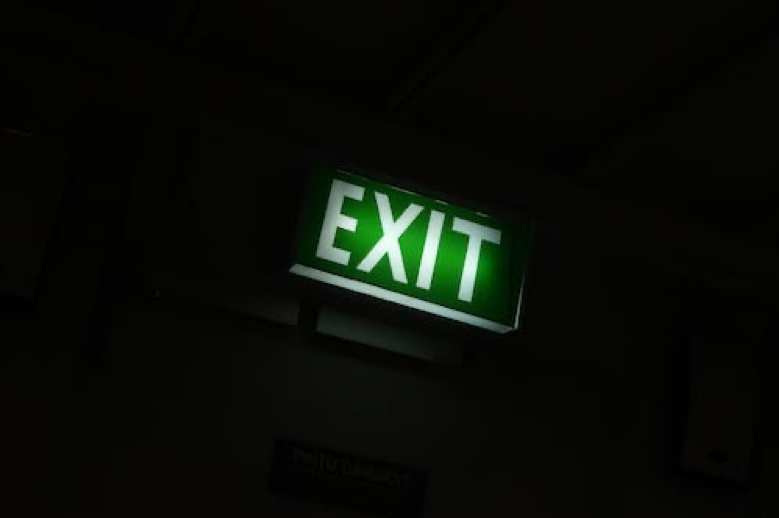Common Parts Used in Fire Sprinkler Systems
What are the different parts used in fire sprinkler systems? As a business owner, you must be able to keep your property, employees, and customers safe while they remain on the premises. And one of the most important things you have to keep your assets safe from is a possible fire hazard.
The risk of a fire hazard is always looking over a company, especially one that deals in flammable materials. Without an effective fire protection system, employees will not feel safe working in the company, and other assets will not be safe.
But before you can install an effective fire protection system throughout your business, you must first know about all the components that go into it. Learning about all of the components that go into fire protection systems can make it easier to set one up in your business. Although they will usually come in different types, fundamentally speaking, these protection systems work the same way.
So even though a system might have slightly different features, it will always consist of the following components.
The Most Common Parts of a Fire Sprinkler System
A fire sprinkler system doesn’t just allow you to suppress or extinguish the fire, but it can also give your employees a few extra seconds to escape the premises. The major components of these types of systems include:
Automatic Fire Sprinklers
 The first common component in nearly every fire protection system available in the market is fire sprinklers. These devices spread water that reaches out in a radius. These sprinklers are intended to cover as much area as possible when spreading water through the premises.
The first common component in nearly every fire protection system available in the market is fire sprinklers. These devices spread water that reaches out in a radius. These sprinklers are intended to cover as much area as possible when spreading water through the premises.
There are two distinct ways that fire sprinklers operate. The first one is that the sprinklers will turn on individually, with one often being enough to suppress a fire. The second type of sprinkler will open all valves at once, flooding the room to prevent a fire. This system becomes especially important in smaller workplaces where the fire is likely to spread much faster.
Fire Alarm Sensors and Triggers
The next major part of a fire protection system is the many sensors and alarms that alert individuals about a fire. Sensors play a vital role in detecting a fire on the premises, and the alarms will notify people of a fire.
The alarms will often have a manual switch, which people can turn on to notify about an alarm. While most fire protection systems will come with alarms, sensors, and sprinklers, you can get them separately.
The Primary Power Supply
Fire alarms often require a power connection to operate effectively, which is why they depend on a wired connection. Some alarms can also run on batteries but are liable to shut down during crucial moments.
Most automatic fire sprinkler systems don’t need a sensor to start spreading water. Often, these sprinklers will come with an individual sensor that triggers the water flow as soon as the temperature reaches 135°F.
Exit Lights
Another common part of any fire protection system is the exit lights, which help people know where to run during a fire. These will often connect to the overall fire protection system.
Parts Used in Fire Sprinkler Systems: Conclusion
These major components make up your average fire protection system. While some might have other features or sensors, such as a carbon monoxide sensor, these are the fundamentals that every system needs.
If you’re looking for a licensed expert to design a code compliant fire sprinkler system, allow our experts at F2M to help. We have over 20 years of expertise in the field and have worked all over the USA.
Call today for a consultation.
F2M Fire & Drafting Designs Inc.
31 South Street, Suite 3S-4
Mount Vernon, NY 10550
(718) 928-3009
info@f2mfadds.com
https://www.f2mfadds.com/contact


